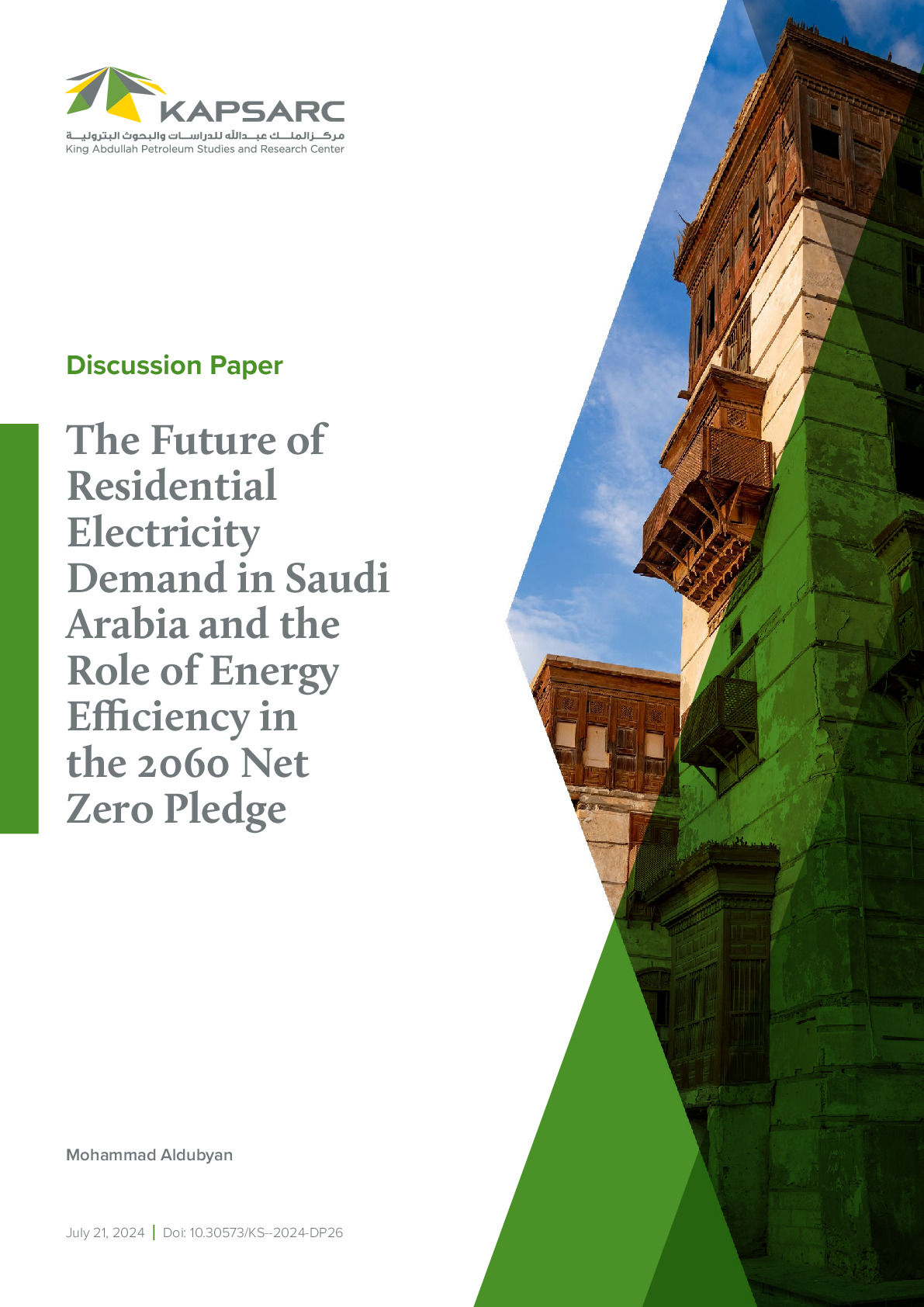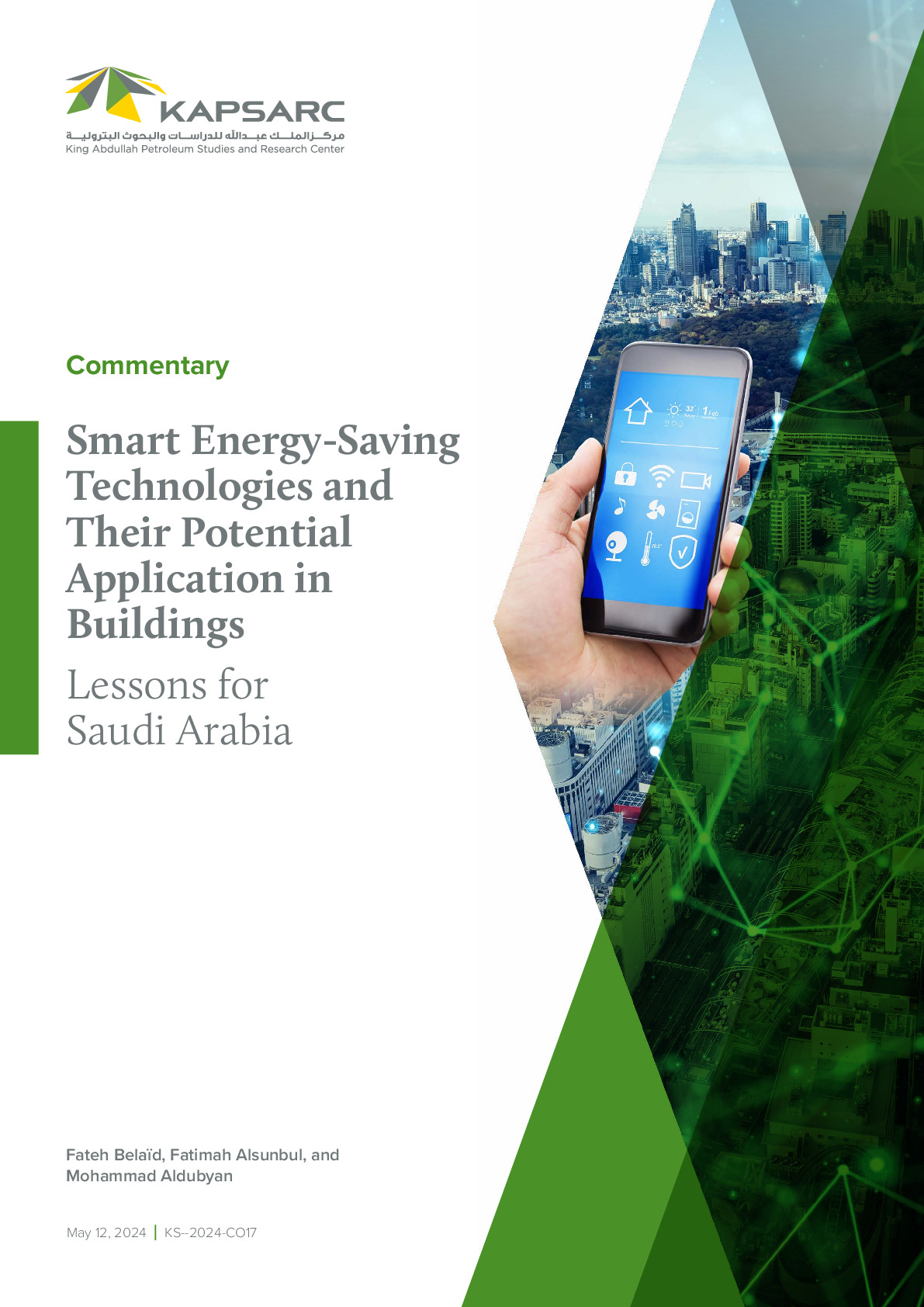This paper describes the development of the Residential Energy Model (REEM) for Saudi Arabia using an engineering bottom-up approach. The model can assess energy demand for the current residential building stock and the impact of energy efficiency and demand-side management programs. It accounts for the makeup and features of the Kingdom’s existing housing stock using 54 prototypes of residential buildings defined by three building types, three vintages, and six locations representing different climatic zones.

Fellow
Mohammad is a Fellow in KAPSARC’s Climate & Sustainability program. His research focuses on energy efficiency in buildings, energy demand,…
Mohammad is a Fellow in KAPSARC’s Climate & Sustainability program. His research focuses on energy efficiency in buildings, energy demand, and energy modeling. He is currently leading the Residential Energy Model (REEM), which simulates residential energy demand and estimates the impact of energy efficiency programs on Saudi Arabia’s housing sector. Mohammad holds an M.Sc. in Renewable and Clean Energy from the University of Dayton, Ohio, and an M.Sc. in Economics from Purdue University, West Lafayette.
Expertise
- Energy Efficiency
- Energy Demand
- Modeling
Publications See all Mohammad Aldubyan’s publications

The Future of Residential Electricity Demand in Saudi Arabia and the Role of Energy Efficiency in the 2060 Net Zero Pledge
This paper describes the development of the Residential Energy Model (REEM) for Saudi Arabia using…
25th July 2024
Smart Energy-Saving Technologies and Their Potential Application in Buildings Lessons for Saudi Arabia
This paper describes the development of the Residential Energy Model (REEM) for Saudi Arabia using…
12th May 2024


